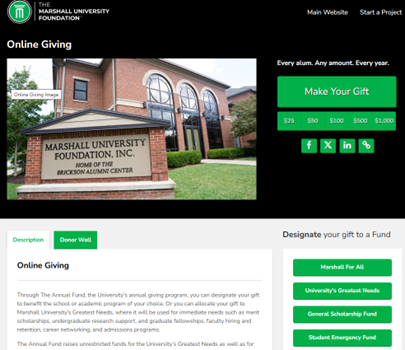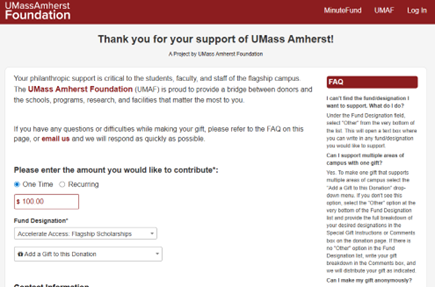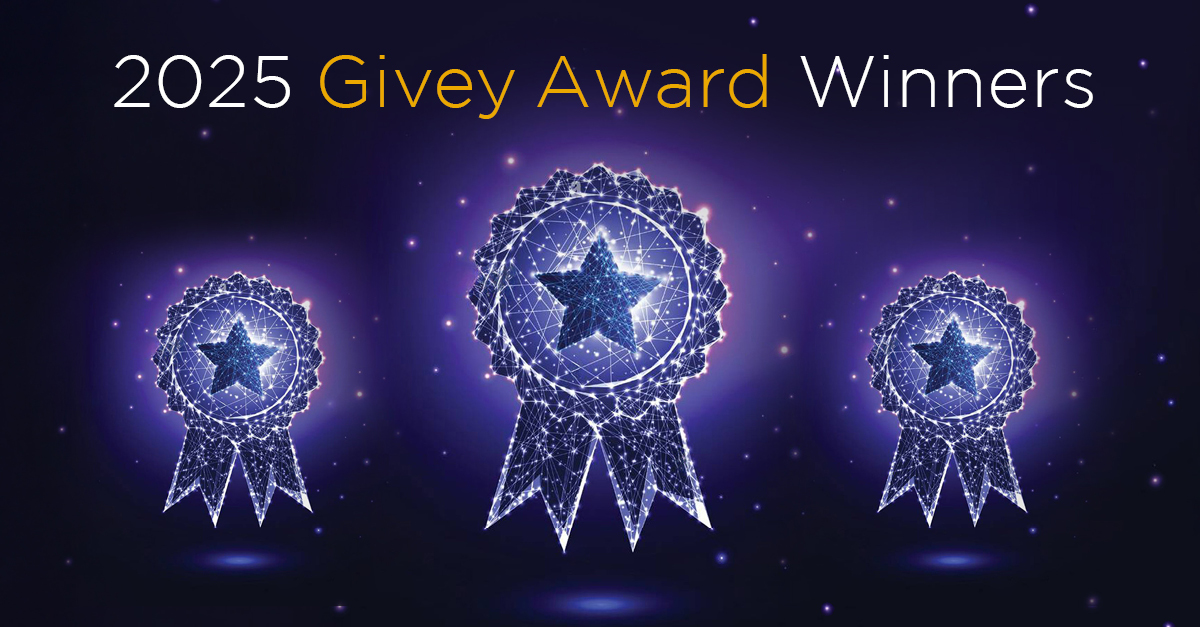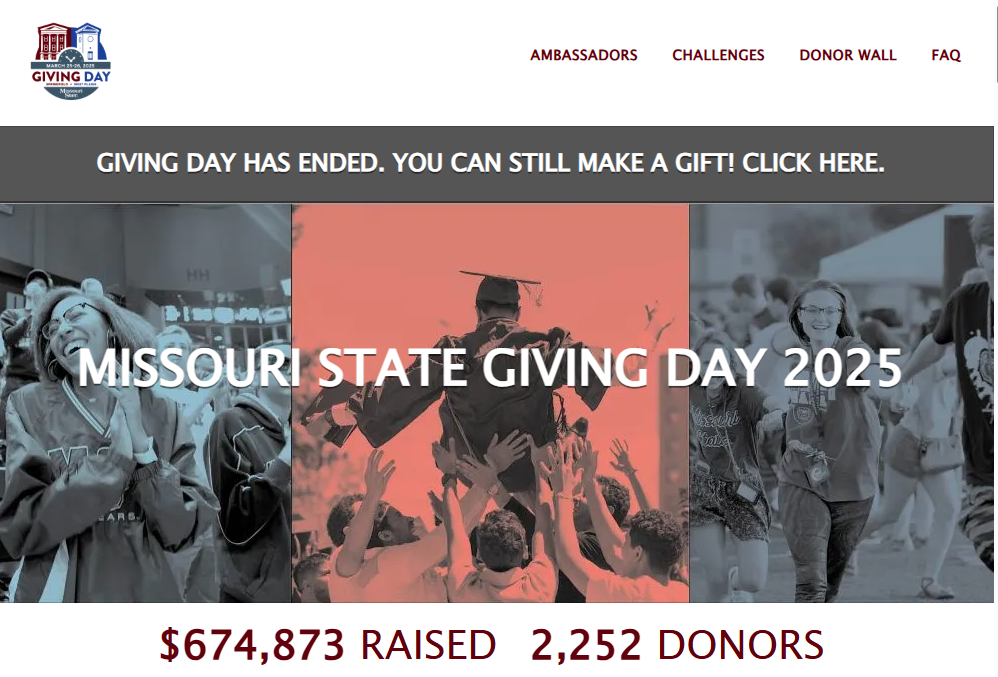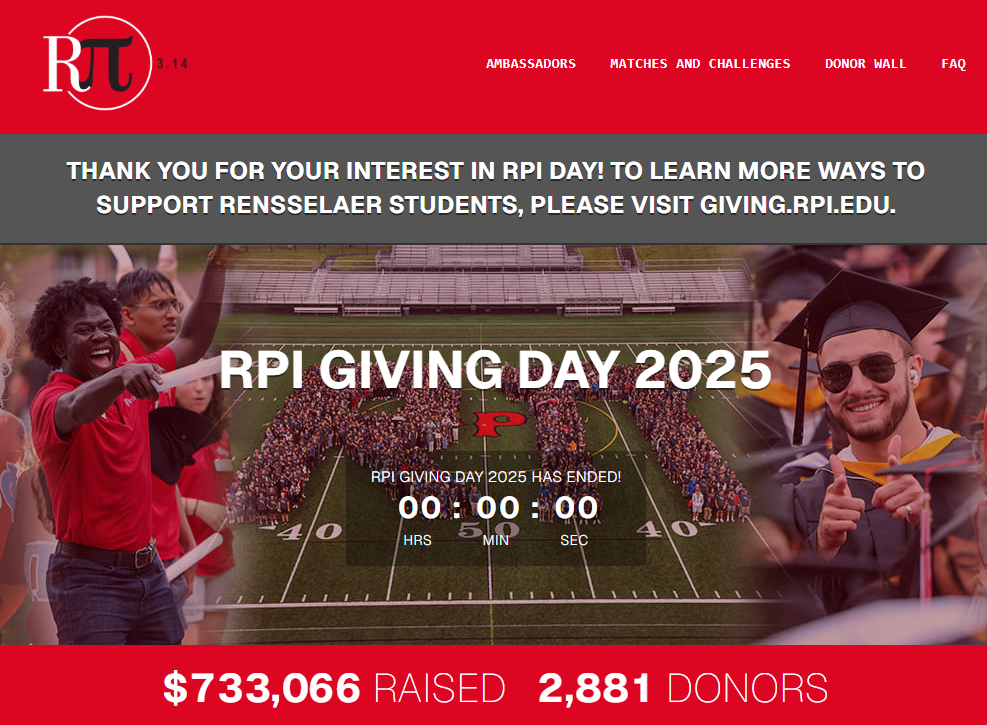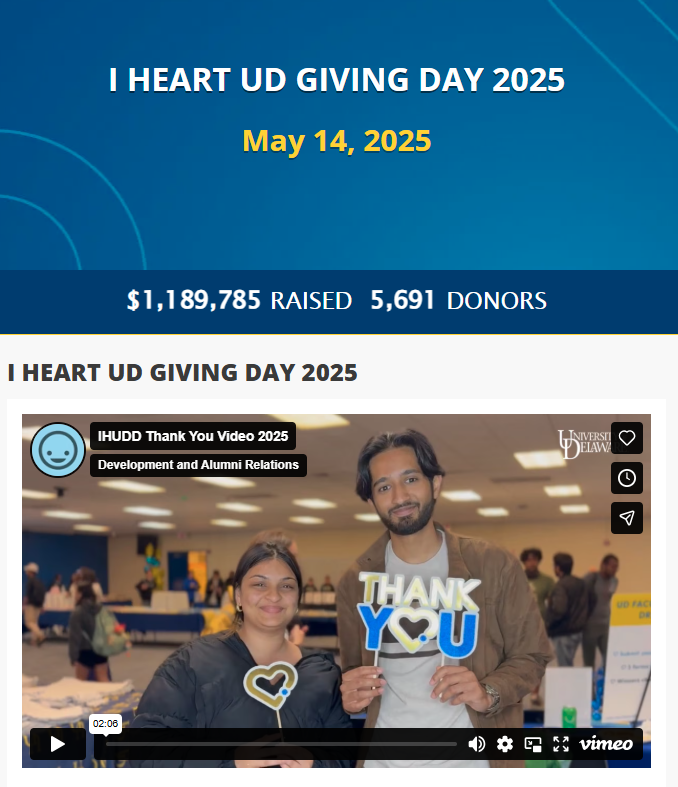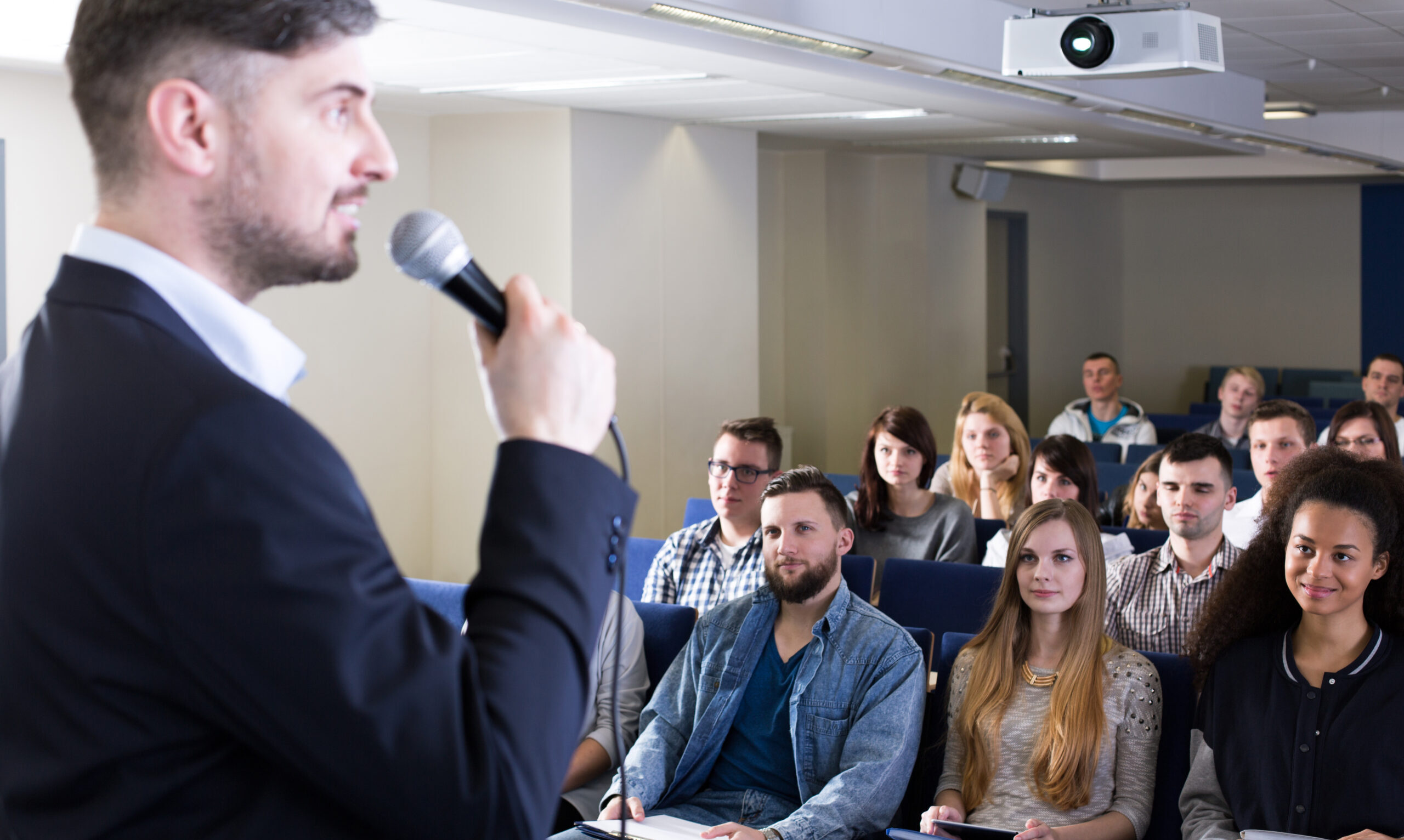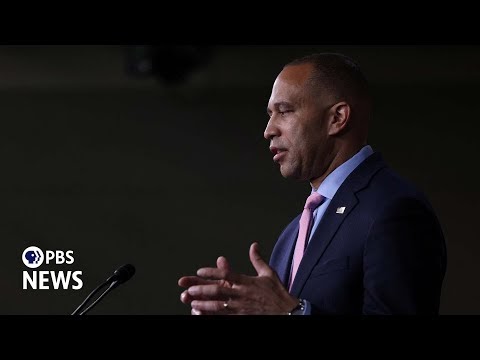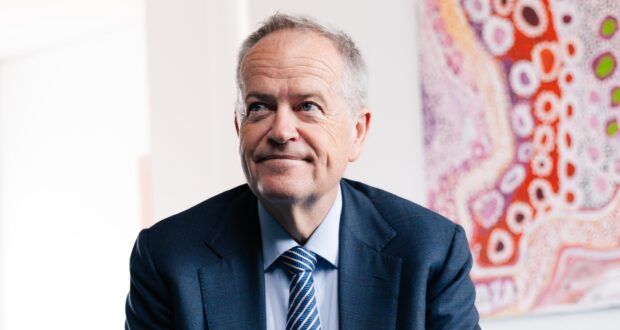A Conversation With West Virginia University Foundation’s Kristen Shipp
Special thanks: It’s a privilege to support West Virginia University (WVU) Foundation’s annual giving outreach and big tent Giving Day Initiative. For almost 10 years, the WVU Day of Giving has relied on the ScaleFunder platform to power its campaign, leading to record-breaking success and a huge positive impact throughout the WVU community. The Foundation has also used the RNL360 report to establish a starting point for the strategic planning, link their wide-reaching fundraising efforts to major donations, and identify actions that can be implemented right away to boost the performance of their annual giving program.
Our work in the advancement and nonprofit space feels pretty unsettled these days. There’s no shortage of uncertainty and daily headlines that often add to the confusion and concern. Navigating the distractions is hard and can be exhausting.
What helps cut through the noise and keeps us focused on the work at hand? Our answer is data. Specifically, our RNL360 analytics report has proven to be an invaluable resource. Maybe it’s strange to think of data as a friend, but it can be a source of comfort, creating a little calm and providing clarity and guidance as we do our best to deliver for the people and communities we serve.
We developed the RNL360 to illustrate historic and current giving trends. The report highlights metrics you would expect, including donor retention, consistency, path to major giving, and behaviors by generation. It offers important context for leaders and stakeholders, especially those new to or outside the advancement field. Insights from the analysis help shape our work with client partners. Whether it’s development of the fiscal year plan, segmentation, revisiting ask arrays or identifying priority donors for higher touch outreach. The “readout” also brings colleagues from across campus together for a better understanding of the general fundraising landscape and relevant, institution-specific trends.
Focus on what’s actionable
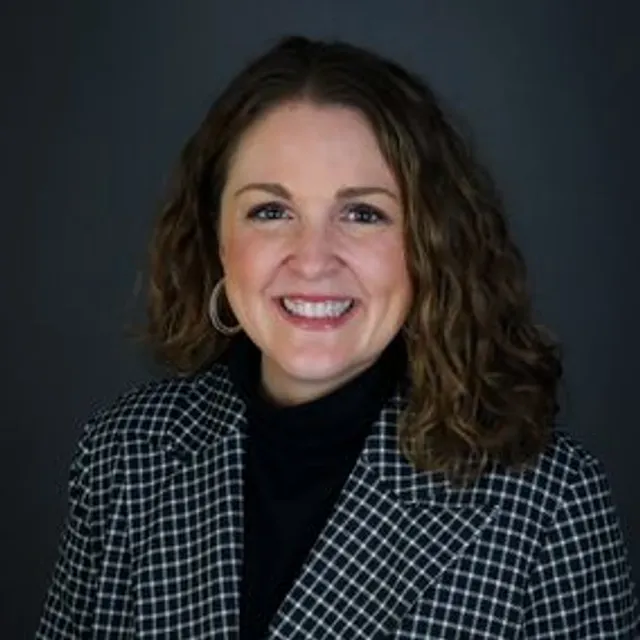
At a time when resources are stretched and the stakes are high, RNL360 is used to inform both strategic planning and practical execution—it’s designed to provide specific takeaways and identify donors who should be prioritized.
We just wrapped up a report with our partners at West Virginia University Foundation (WVUF). We learned a lot, and asked Kristen Shipp, the Foundation’s executive director of annual giving, to weigh in and share her valuable perspective.
Success in bringing (and keeping) new donors on board
WVUF’s count of 1,745 new alumni donors last fiscal year was well ahead of the benchmark group and the Foundation also received first-time gifts from an impressive count of more than 5,000 family and friends.
Q: As you think about acquisition, what’s working for you? What are the campaigns or messages that actually convert?
Kristen Shipp: WVU Day of Giving has been one of the key drivers in acquiring new donors. Each participating group is highly engaged on social media and takes full advantage of the challenges to inspire alumni and friends to give. Another effective strategy is peer-to-peer fundraising, which allows individuals to promote specific initiatives within their own networks, creating a more personal and powerful connection to the cause.
Q: How are you approaching stewardship with new donors?
KS: Our donor engagement team leads first-time donor stewardship by sending personalized messages through ThankView. This has been an effective stewardship strategy that has helped us strengthen donor retention. Overall rates have improved since our last RNL360, and retention among new alumni donors is up more than ten points.
Median gifts on the rise
We know that while younger generations are philanthropic, and many have capacity to make bigger gifts, most are directing their philanthropy elsewhere—giving to other causes and charities. WVUF has increased median gift amounts across all generations.
Q: Are there one or two strategies you’ve found successful in driving movement with gift amounts? Any that are especially effective with younger generations?
KS: While the area of greatest need will always remain a priority, we also strive to provide opportunities throughout the year for alumni and donors to give to areas that align with their personal interests. Through our recent alumni survey, fielded by RNL, we learned that many are particularly interested in supporting mental health services, the student emergency fund, and initiatives that assist first-generation students. These priorities are featured in WVU Day of Giving, and we also leverage crowdfunding and peer-to-peer fundraising to raise awareness and support for these important areas.
Practical, real-world application


New donors = No gift history or no giving in the last decade.
Q: Can you share a couple of specific ways that you are using the RNL360 outputs? Is the data helpful across teams and departments?
KS: Through RNL360, we learned that in FY25, 44% of our individual donors were alumni. This reinforces the importance of developing audience-focused strategies for our annual giving campaigns to ensure our messaging resonates with both alumni and non-alumni donors. Another helpful insight was the number of new alumni donors—only 30% were graduates from the last decade. This highlights the need to better connect recent graduates with causes they’re passionate about and to engage them through the communication channels they prefer.
Keeping the faith and focus
Q: Circling back to the unsettling times…you’ve experienced a lot of change at WVU and the Foundation. What helps you reduce the noise and stay focused? Anything professionally or personally that helps keep you positive and motivated?
KS: There have been many changes at WVU and the WVU Foundation, but with change comes new opportunity. I feel incredibly fortunate to be expanding the Annual Giving team by welcoming new staff members. It’s exciting to build a team that shares the same vision, drive, and passion—and to have fun together along the way. I like to keep things light and engaging, so whenever the moment allows, you’ll probably catch me sharing a funny movie quote or GIF with my teammates.
Ready to increase engagement with your donors?
Reach out to us today, and we’ll set up a time to discuss your best fundraising strategies. Our strategists can discuss how to optimize your fundraising strategies with the right data, how you can have a great Giving Day, and much more.
Or watch our webinar, Starting at the Source: A Look into Data-Driven Paths to Donor Growth, where we dive into more detail on insights we’ve learned from an analysis of more than six million cohort records.
Talk with our fundraising experts
Let’s talk about how you can increase donor engagement and strengthen your donor pipeline. Ask for a free consultation with our experts.





